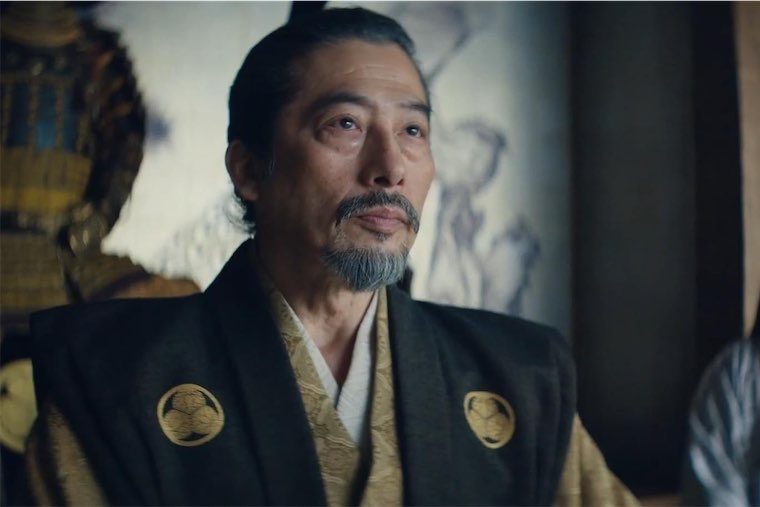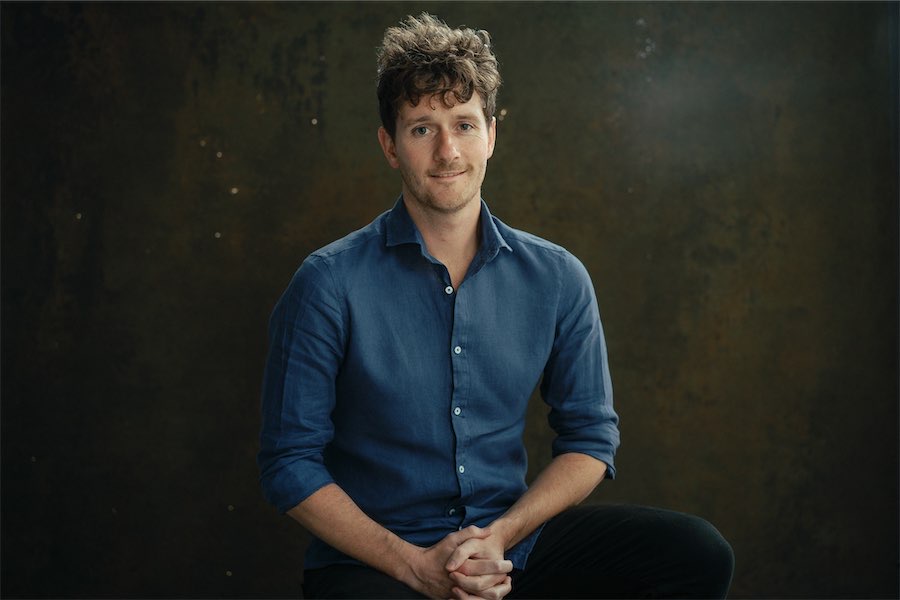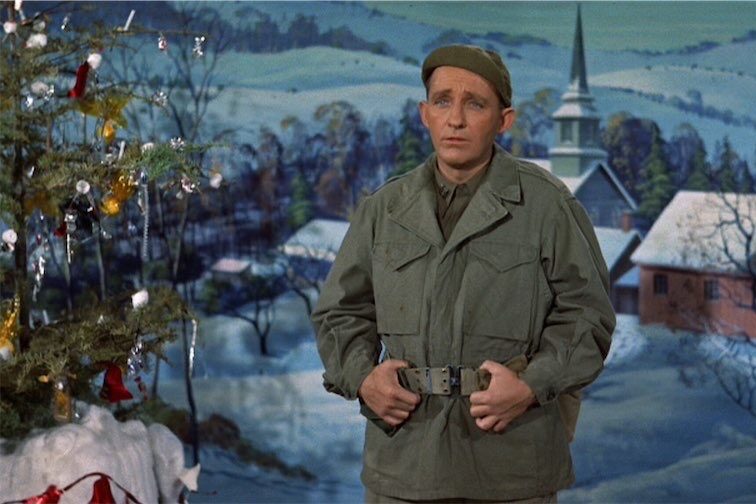
IN recent years “Behind The Lines” has depicted Australian politics as a circus but in an inspired move, curator Holly Williams has now taken a leap into the future by theming the annual political cartoon exhibition at the Museum of Australian Democracy around “prophecy and chance”.
Political Cartoonist of the Year Glen Le Lievre was spotted yesterday (December 14) spinning a large wheel of fortune, one the kids will also enjoy. The arrow landed, for him, on “travelling to new places” but it could just as easily, as once happened to Scott Morrison, have landed on “becoming Prime Minister”.
MoAD director Daryl Karp media who attended the launch of the show, said: “We thought 2021 would be a nice quiet year – who knew?” But when the cards were turned up on 2021, so full of satirical fodder was the year that they chose 126 cartoons, the museum’s biggest-ever display of our premier lampoonists.
Le Lievre, a gentler choice that many in past years, was singled out by the judges for his ability to “wordlessly express complex issues and emotions”. He is represented in many cartoons, notably the one used for promotion by MoAD showing Sydneysiders breaking/streaking out on “freedom day” when stay-at-home orders in Sydney were lifted. But his work is also represented with a series of animated GIFs.
A man of few if any words, Le Lievre has managed to comment: “Political cartoonists are like gold miners…The deeper the country digs itself into a hole, the more material we get.”

According to Karp, the enduring popularity of the show can be put down to the role that political cartoons play in promoting public discourse around complex issues, and as for the suitability of the theme, she said: “Cartoonists become clairvoyants, reading the tea leaves of politics and deriving meaning from the swirling clouds of spin.”
But first to the “In Focus” exhibition, “Afghanistan In Focus”. This is normally a breakout on the sidelines but this year is centre-stage, as guest curator and political correspondent Karen Middleton, takes us through 20 years in Afghanistan – in cartoons.
Middleton describes the Afghanistan situation as “an issue about which I care”, explaining how she became “accidentally involved” when she travel embedded with the Australian Defence Force, later returning twice and meeting soldiers, villagers, warlords and even goatherds.
“Afghanistan is a bewitching place,” Middleton says, lamenting the way it’s now slipping back to the Dark Ages.
In mounting the exhibition, she says, she attempted to capture the sweep of the war’s duration and its many faces with some early cartoons “eerily prescient”.

Middleton is a passionate advocate for Afghans placed in peril by the resurgence of the Taliban, but it hasn’t blunted her sense of humour in her choice of cartoons.
David Rowe’s horrifying take on the burqa is and Johannes Leak’s July 2021 picture of two Afghan contractors receiving a “get stuffed” email from DFAT are sharply accurate. Cathy Wilcox looks at allegations of war crimes involving Australian special forces soldiers in Afghanistan.
Then there’s the rest of the massive exhibition, a tour through the whims of chance that, for instance, that made Scott Morrison Prime Minister, all arranged by curator Williams under the eight subthemes, “Political Life Lines”, “The Empress”, “A Sporting Chance”, “Roll(out) of the Dice”, “Wheel of Fortune”, “Mars Retrograde”, Bad Omens” and “Consulting the Oracle”.
“Behind the Lines – The Year in Political Cartoons 2021: Prophecy and Chance,” Museum of Australian Democracy, Old Parliament House, until November 2022.
Who can be trusted?
In a world of spin and confusion, there’s never been a more important time to support independent journalism in Canberra.
If you trust our work online and want to enforce the power of independent voices, I invite you to make a small contribution.
Every dollar of support is invested back into our journalism to help keep citynews.com.au strong and free.
Thank you,
Ian Meikle, editor




Leave a Reply